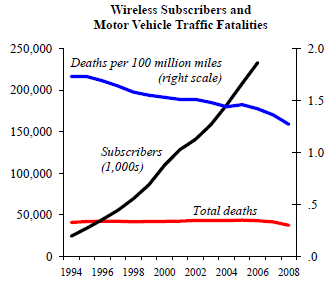A 6-year-old I know brought home a reading assignment from kindergarten. It’s called The New Nest, by Sandra Iversen, with illustrations by Peter Paul Bajer. An innocent tale of Mama Bird and Papa Bird working together to build a nest from 20 twigs, straw and wool. At the end, Mama Bird is sitting on her eggs wearing pearls. Papa Bird is in a white collar and blue tie.
It’s curious to use men’s and women’s accessories (tie, necklace) to identify the gender of the couple, when the species itself provides a reasonable degree of sexual dimorphism.
That’s seems comparable to the dimorphism found in humans.
Using both gendered clothes and bodies is not necessary, but together they are a powerful teaching tool for children, forming a lesson on the concordance of gender and sex differences: matching the different bodies with the appropriately different clothes.
This book is actually featured in a write-up on teaching reading from the journal The Reading Teacher.
I don’t know what the intentions of the article writers were, but there is nothing in there about teaching about sexual dimorphism, or gender norms and practices.
Philip N. Cohen is a professor of sociology at the University of Maryland, College Park, and writes the blog Family Inequality. You can follow him on Twitter or Facebook.




